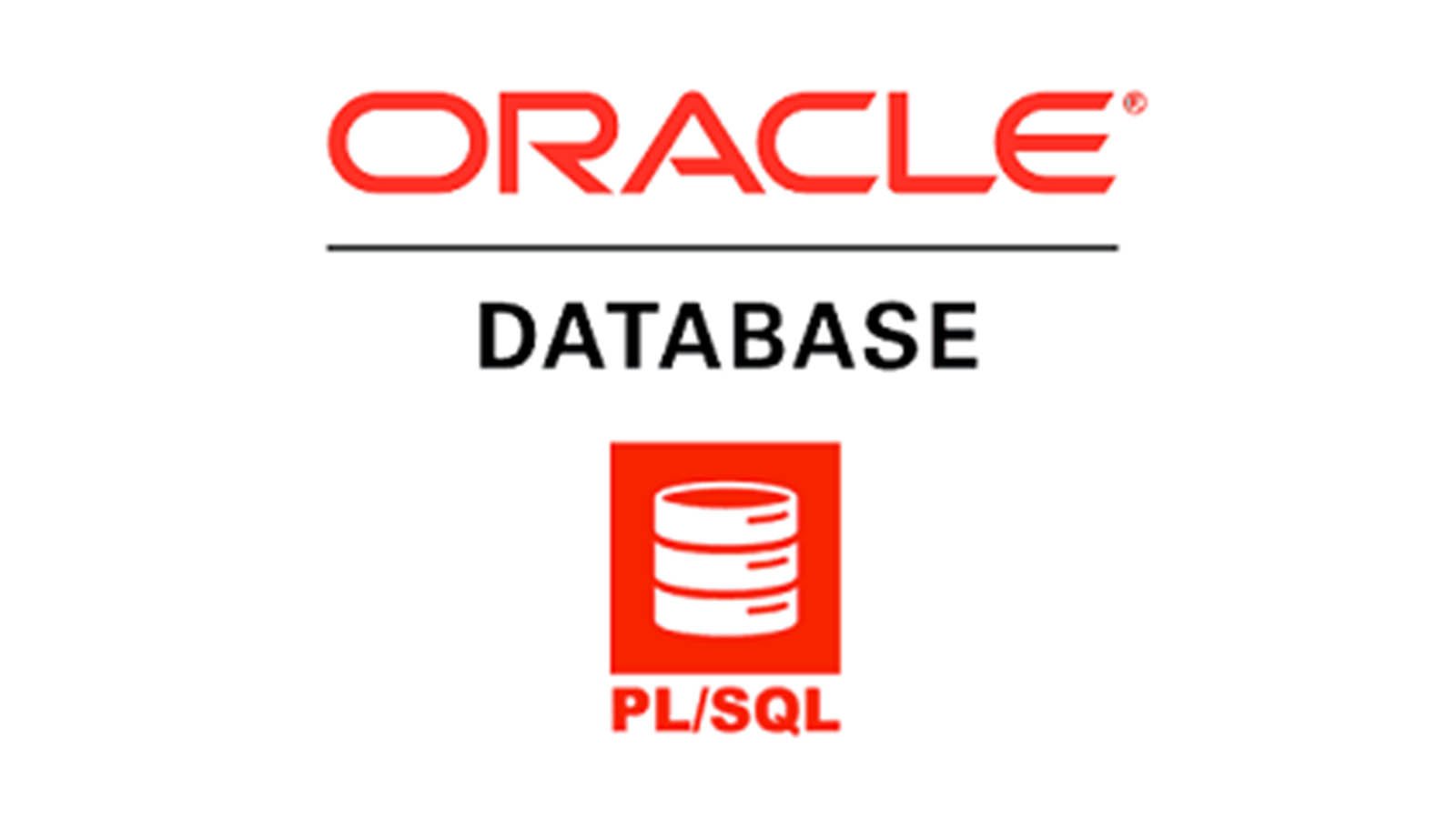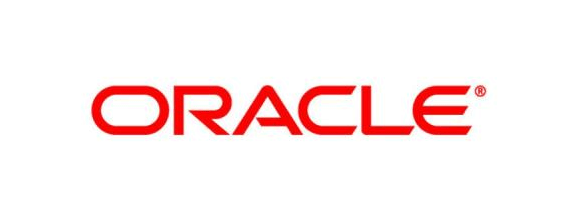Your AI Can Now Talk to Your Oracle Database: Meet MCP Server
A New Way to Work with Your Database
Many developers today use helpful AI tools like the Cursor IDE. These tools are great at writing code and answering questions. But, they usually cannot connect to your secure company data, like an Oracle Database. It was too difficult and not safe.
Oracle has created a new tool to fix this problem. It is called MCP Server for Oracle Database. This new feature is a big step. It builds a safe bridge between your AI assistant (like the one in Cursor) and your Oracle database.
What is MCP?
MCP stands for Model Context Protocol.
Think of MCP as a “common language” that an AI can use to talk to other tools. Before MCP, every AI needed a special “adapter” for every different tool. It was very complicated.
Now, Oracle has added this MCP language to its popular command-line tool, Oracle SQLcl. This means SQLcl now works as an “MCP Server.” Any AI tool that also speaks this MCP language can now connect to it.
How Does It Work? (A Cursor Example)
Let’s imagine you are a developer using the Cursor IDE. You want to understand a database for a new project.
Here is how it works, step-by-step:
- You Ask a Question: You type a normal English sentence into your Cursor chat, like: “Connect to my ‘Fun Side Project’ database and tell me what data tables I have.”
- The AI Understands: The AI in Cursor (like the Claude 3 model) knows it needs to talk to a database. It sees that you have the Oracle SQLcl MCP Server running. It asks the server what “tools” it has.
- The AI Makes a Plan: The AI finds a tool called
run-sql. It creates the correct SQL query to answer your question, something like this:SELECT table_name FROM user_tables; - You Approve (This is Very Important!): The AI does not run the query automatically. First, it asks you for permission. In your Cursor window, you will see a message like: “The AI wants to run this SQL query on your ‘Fun Side Project’ database. Do you approve?” You can see the exact SQL code before it runs.
- SQLcl Does the Work: You check the query and see it is safe. You click “Approve.” Only then does SQLcl securely connect to your database and run the command.
- The AI Gives You an Answer: SQLcl gets the list of tables (e.g., ‘STRAVA’, ‘NETFLIX’, ‘ITUNES’) and gives it to the AI. The AI then explains this to you in simple English: “Okay, I connected to your database. You have three tables: STRAVA (for fitness), NETFLIX (for movies), and ITUNES (for music).”
The AI can then continue to help you. It might ask, “Do you want me to look at the columns in the ‘STRAVA’ table next?”
Is It Safe to Use?
This is the most important question. Yes, Oracle designed this to be very safe.
- Your Password is Secret: The AI (in Cursor or anywhere else) never sees your database username or password. Your private information stays safe inside your local Oracle SQLcl tool.
- You Are in Control: The AI cannot delete data, change tables, or do anything without your permission. You must approve every single action.
- Everything is in a Log: The Oracle database saves a record of every action the AI takes. This is good for security and checking work.
What Do You Need to Start?
It is simple to begin. You need three things:
- An Oracle Database: (You can use the free Oracle Database 23ai to learn).
- Oracle SQLcl: The newest version of the command-line tool.
- An AI Tool that supports MCP: The Cursor IDE is a perfect example. You can also use the Oracle SQL Developer Extension for VS Code, which works with Microsoft Copilot.
Why is This Good for Developers?
- It Saves Time: You don’t need to spend hours looking for table and column names. You can just ask.
- It’s Easy: You don’t need to be a top SQL expert to find information. You can ask questions in plain English.
- It’s Smarter: The AI doesn’t just give you code. It helps you with the next step, like a real assistant.
This is a big change for Oracle. It connects the power of modern AI with the safety of a trusted database.
https://blogs.oracle.com/database/post/introducing-mcp-server-for-oracle-database



